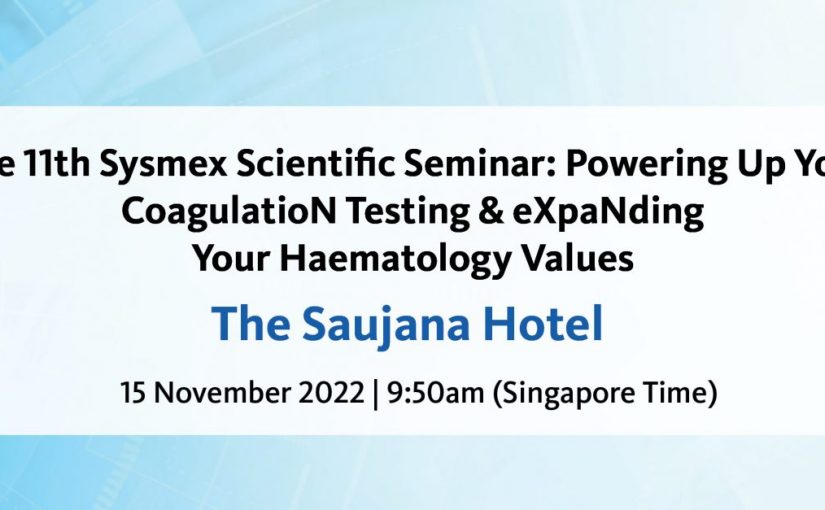Current Roles of D-dimer in the Management of Venous Thromboembolism
Speaker
Pantep Angchaisuksiri, M.D.
Professor of Medicine
Division of Haematology, Department of Medicine, Ramathibodi Hospital, Mahidol University, Bangkok, Thailand
Adjunct Associate Professor of Medicine
Department of Medicine, University of North Carolina at Chapel Hill School of Medicine, North Carolina, USA
Objectives of the Lecture
Clinical suspicion of venous thromboembolism (VTE) mandates objective imaging testing to rule in or rule out the disease. D-dimer testing has gained wide acceptance for ruling out VTE in the outpatient population. The main limitation of D-dimer testing for diagnostic purposes is a reduced usefulness in specific patient categories such as in elderly patients and pregnant women. This webinar will provide an overview of published evidence in using age-adjusted D-dimer cutoff in elderly patients and the application of the pregnancy-adapted YEARS diagnostic algorithm to improve the exclusion of thromboembolic events. This webinar will also examine the role of D-dimer in prediction of recurrence of thrombosis after anticoagulation withdrawal, elevated baseline D-dimer level as a predictor of VTE risk in acutely ill, hospitalised medical patients, and elevated D-dimers in prediction of thrombosis risk, assessment of severity and prognosis in COVID-19 patients.
Abstract of Lecture
Clinical suspicion of venous thromboembolism (VTE) mandates objective imaging testing to rule in or rule out the disease. D-dimer testing has gained wide acceptance for ruling out VTE in the outpatient population. The main limitation of D-dimer testing for diagnostic purposes is a reduced usefulness in specific patient categories such as in elderly patients and pregnant women. Because D-dimer levels increase with age, using a fixed cutoff of 500 ng/mL (0.5 mg/L) FEU might overestimate the probability of VTE in elderly patients and thereby explain the observed high percentage of false positive results. The ADJUST-PE study has shown that using the age-adjusted cutoff increased five-fold the proportion of elderly patients in whom pulmonary embolism (PE) could be safely excluded without imaging. Therefore, recent guidelines call for the use of age-adjusted D-dimer for evaluating patients older than 50 years with suspected acute PE. For pregnant women, the application of the pregnancy-adapted YEARS diagnostic algorithm has recently been shown to result in safe exclusion of PE across all trimesters of pregnancy. D-dimer is now regarded as a useful tool in the diagnostic strategy of VTE and the prediction of recurrence of thrombosis after anticoagulation withdrawal for VTE. D-dimer level measured a month after stopping anticoagulant may influence the treatment decision. Elevated baseline D-dimer level may identify acutely ill, hospitalized medical patients at high risk of VTE. In COVID-19 patients, D-dimer is a strong marker to predict thrombosis and has been shown to help clinicians to assess severity and prognosis of patients.
We hope you have enjoyed the webinar and gained new insights!
May we request your time for a short survey?


